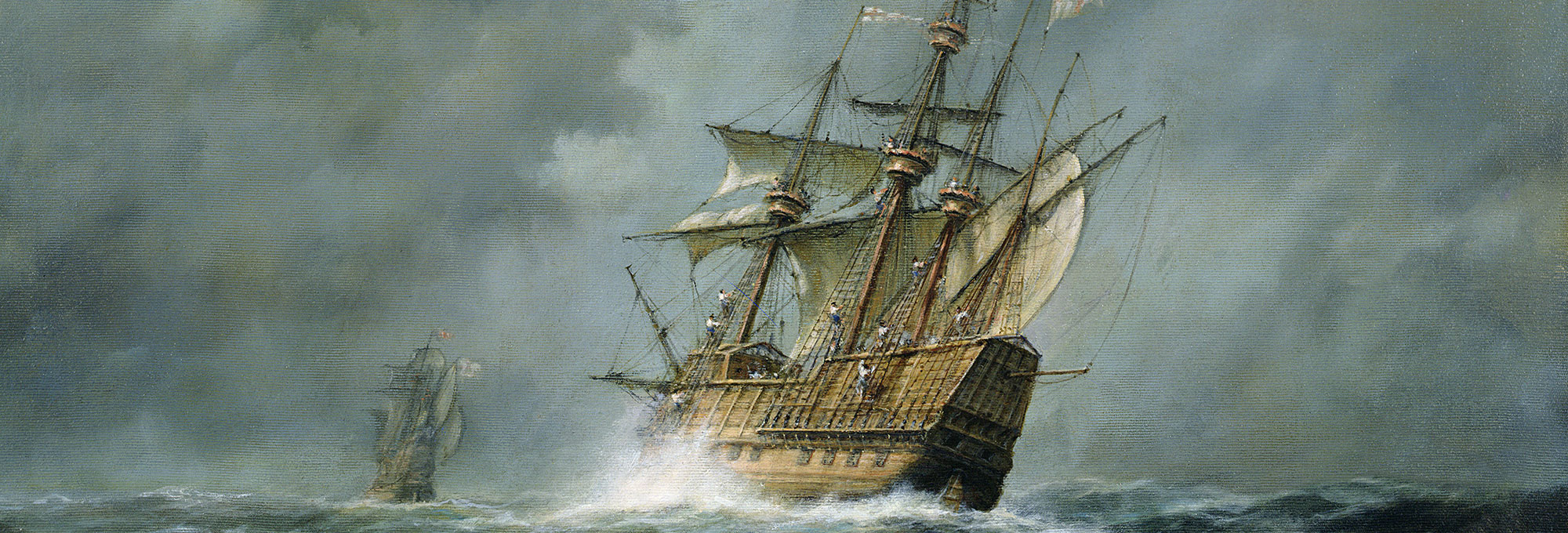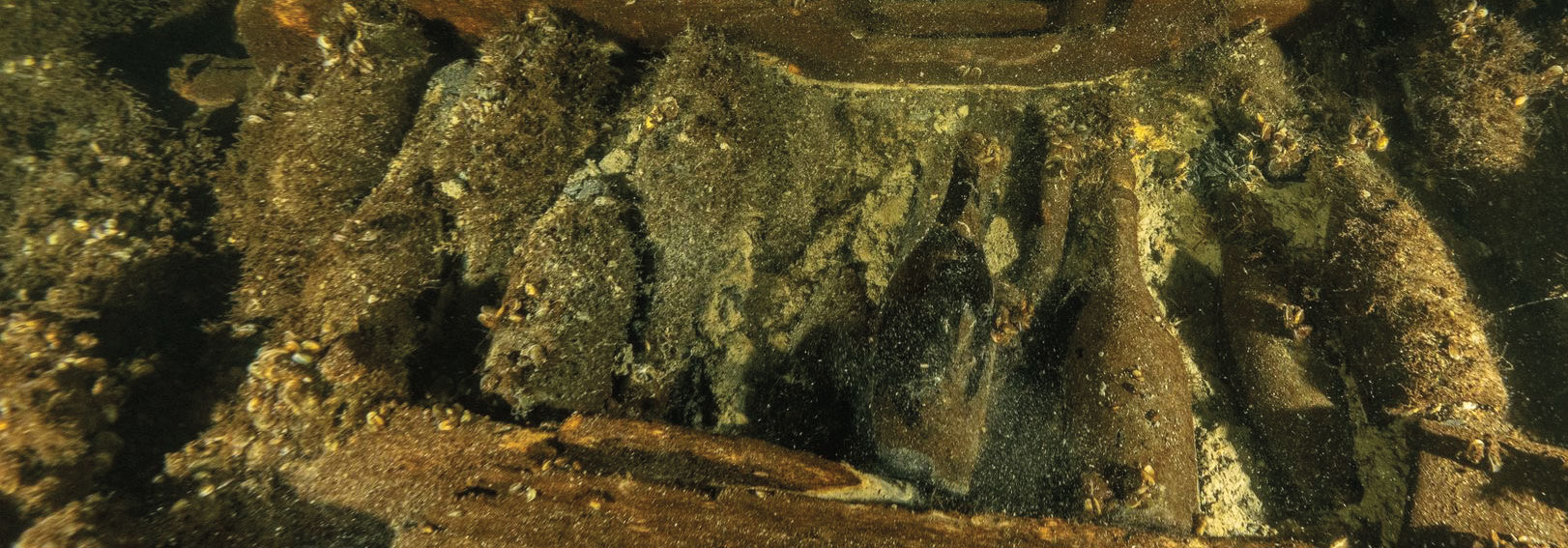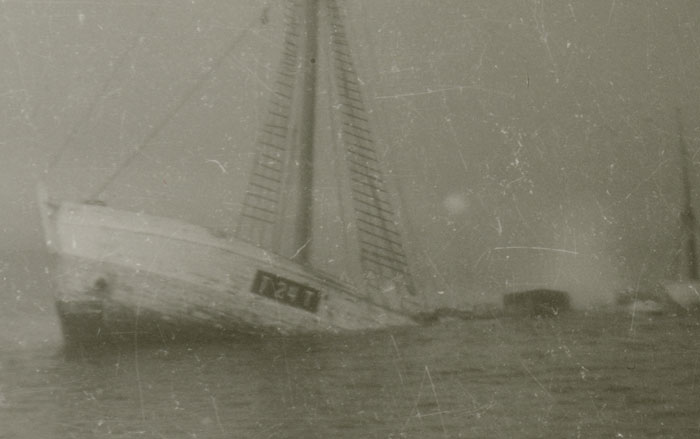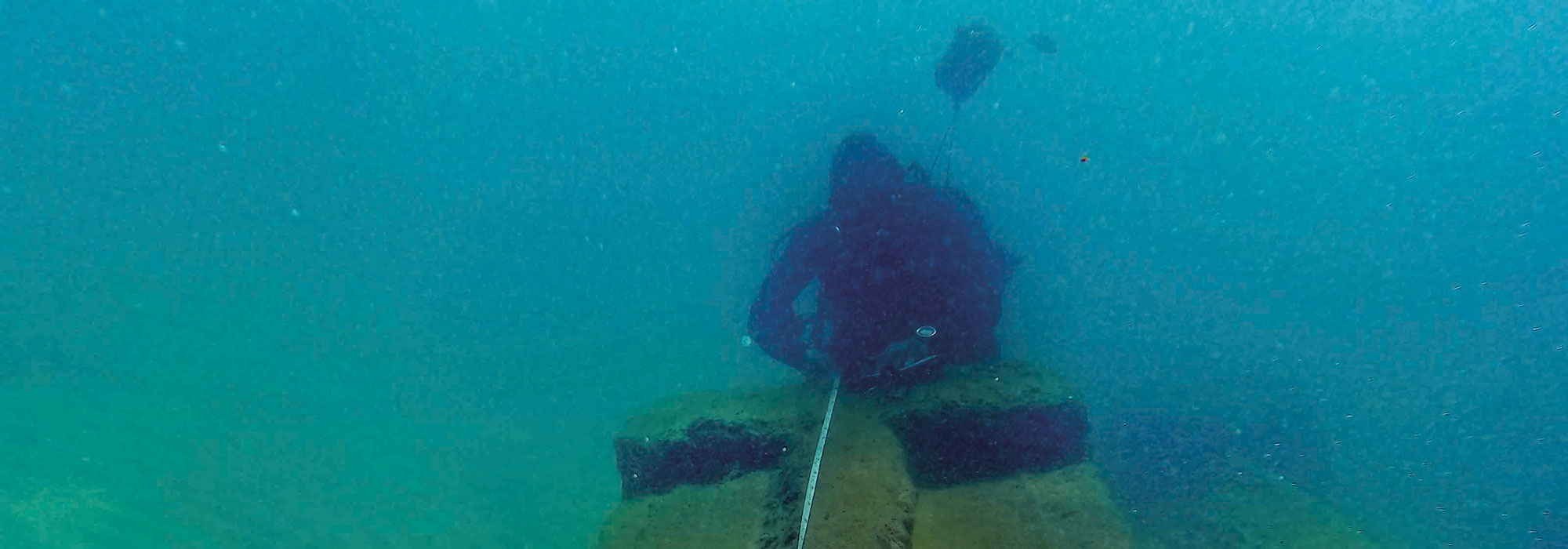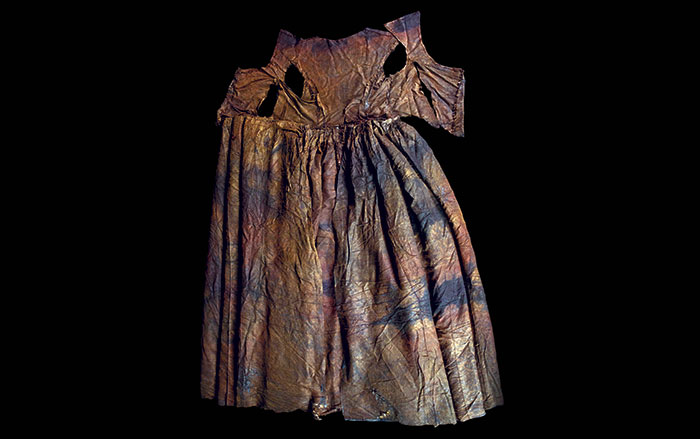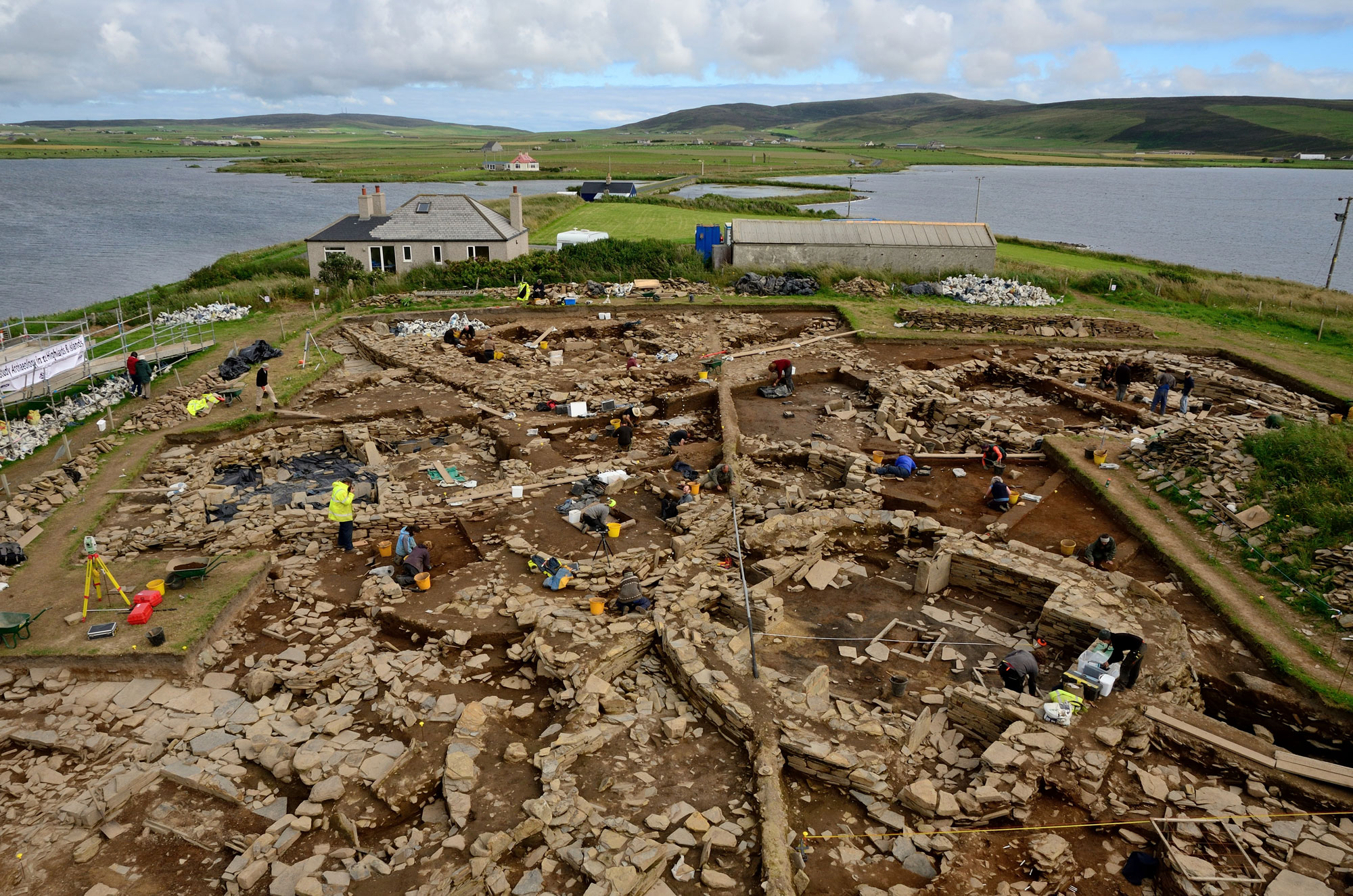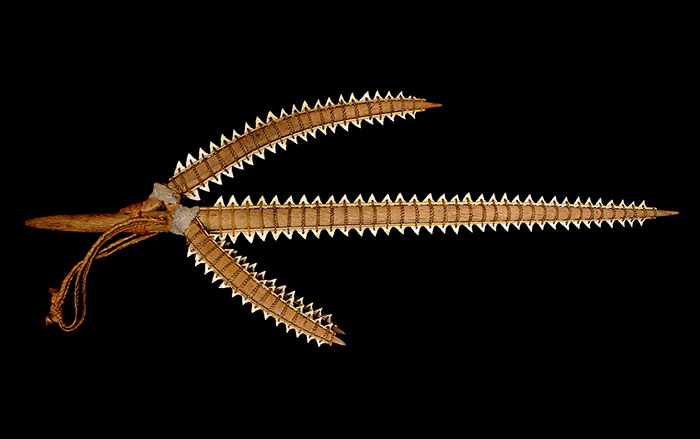The first scientific archaeological excavation of a shipwreck took place just over 50 years ago. Since then, thousands of wrecks have been discovered, each with an important story to tell. Choosing 10 from among them to represent the endeavor of nautical archaeology is a difficult—and subjective—task. But each offers a profile of an age and a window into the lives of its people, as well as evidence of just how clever and innovative our ancestors were as they took to the seas. Through these stories, we also see why archaeologists continue to devote themselves, despite danger and difficulty, to the examination and excavation of wrecks, wherever they might be discovered. From the rudimentary dive equipment of the earliest excavations to the sophisticated remote-sensing and remotely operated technology of today, archaeologists have shown that no site is beyond the reach of our inquiry into the past.
-
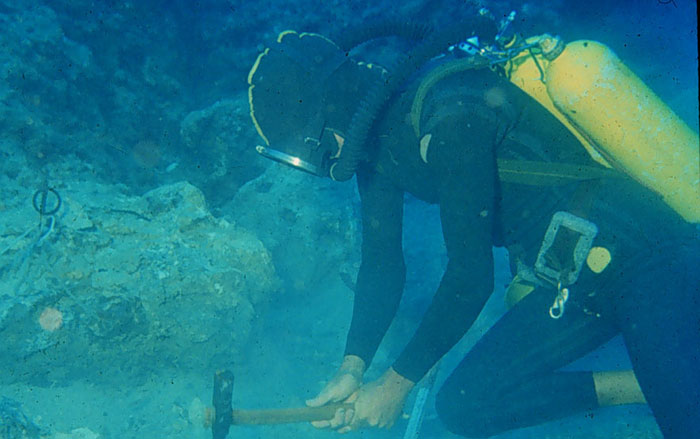 (INA)
(INA) -
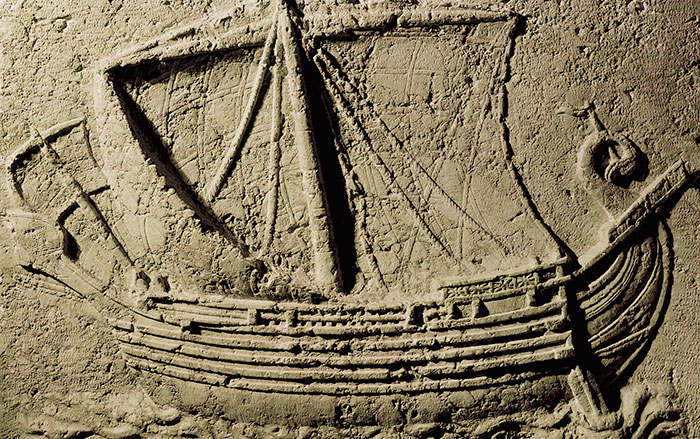 (Erich Lessing/Art Resource, NY)
(Erich Lessing/Art Resource, NY) -
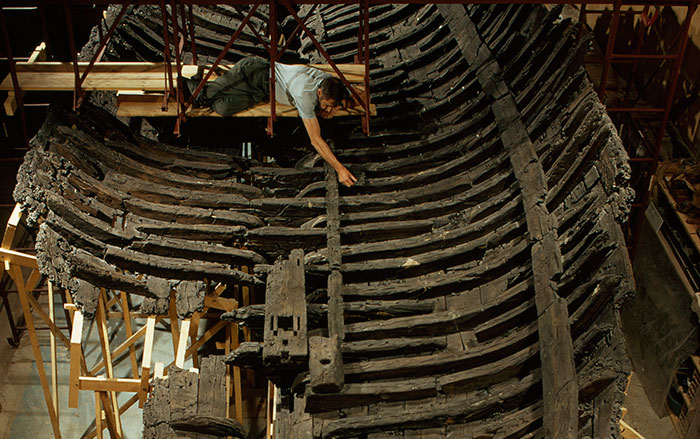 (Jonathan Blair/National Geographic Stock)
(Jonathan Blair/National Geographic Stock) -
 (Private Collection/Ancient Art and Architecture Collection Ltd.)
(Private Collection/Ancient Art and Architecture Collection Ltd.) -
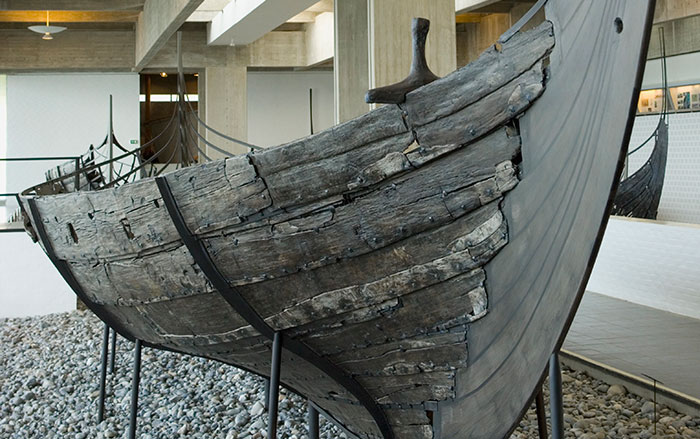 (The Bridgeman Art Library)
(The Bridgeman Art Library) -
 (Private Collection/Bridgeman Art Library)
(Private Collection/Bridgeman Art Library) -
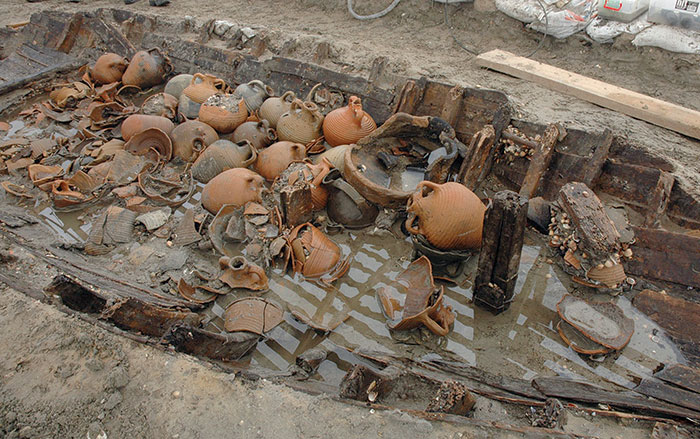 (Courtesy Istanbul University)
(Courtesy Istanbul University) -
 (Universal History Archive/UIG)
(Universal History Archive/UIG) -
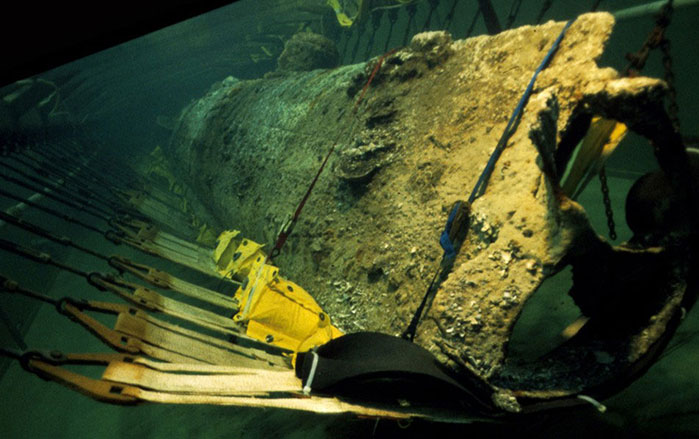 (Naval History and Heritage Command)
(Naval History and Heritage Command) -
 (AP Photo/RMS Titanic Inc.)
(AP Photo/RMS Titanic Inc.)


